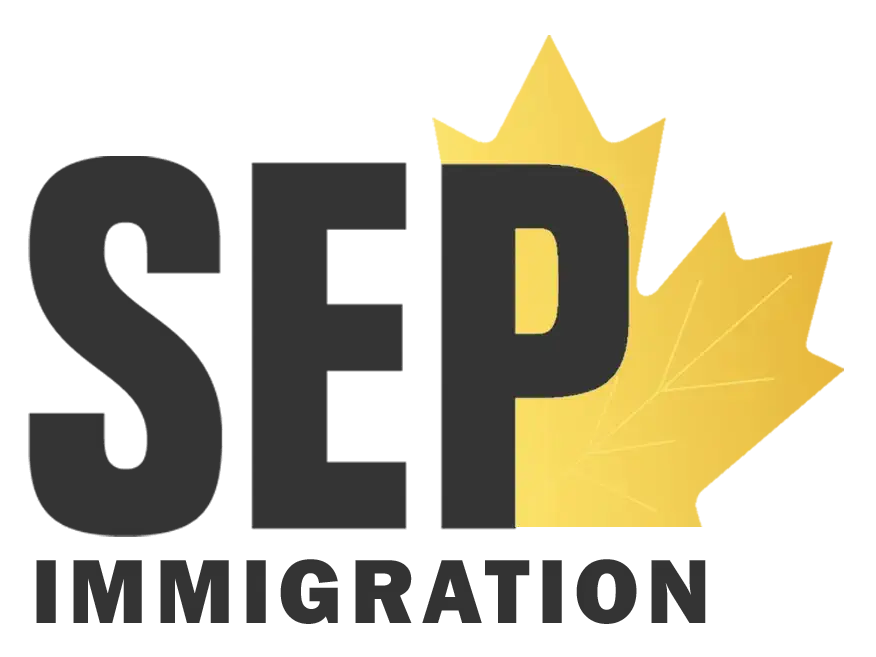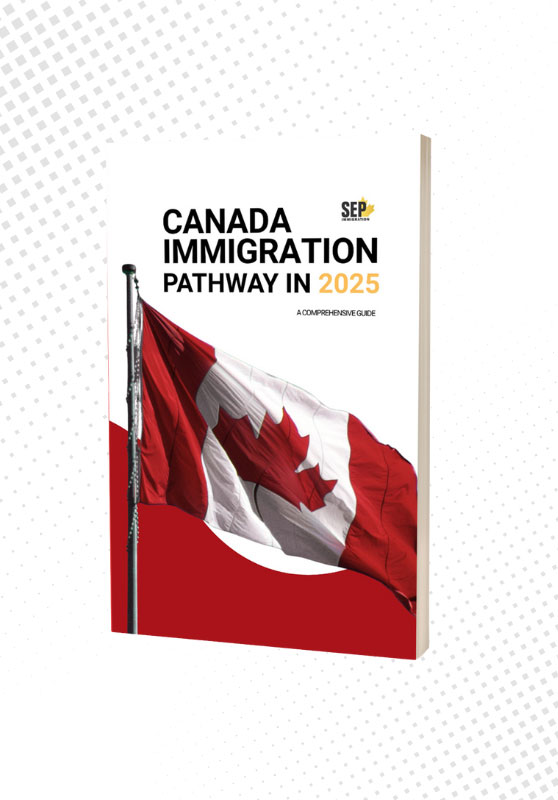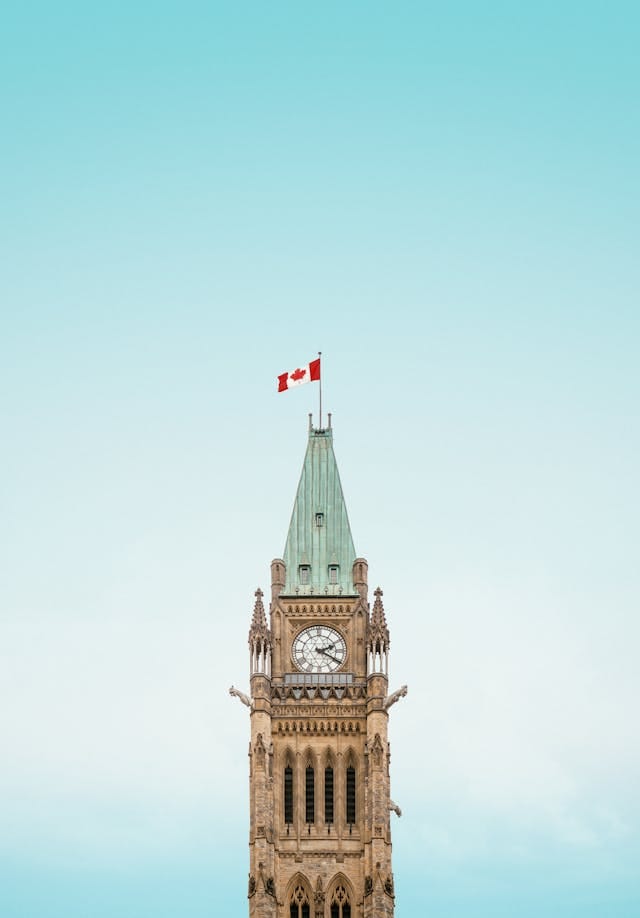Are you thinking of studying in Canada next year? Fall 2025 may be your best entry point. It’s when campuses come alive—new courses open, student services ramp up, and international arrivals peak.
For many, this intake offers a smooth academic and social start. But it’s not just about timing—it’s about preparation. Knowing when and how to act can make the difference between securing your spot or missing out. Here’s what you need to know to plan.
About Fall Intake in Canada
Every year, a large wave of international students arrives in Canada just as the leaves begin to turn. This marks the start of the Fall intake, also referred to as the September intake, which remains the most commonly chosen period for students entering Canadian universities and colleges. It’s not just tradition — it’s structure. Most Canadian institutions are built around a fall-to-spring academic calendar, and this intake forms the backbone of that cycle.
Because of that, almost all programs — from engineering and business to arts and health sciences — are open during this time. It’s the starting point for undergraduate and graduate degrees and many diploma and certificate programs.
More scholarship options tend to be released in tandem with this intake, and support services on campus usually peak during this period, making it a practical option for international students adjusting to a new country.
Benefits of Fall Intake
- Most programs are open for admission across undergraduate, graduate, diploma, and certificate levels.
- Higher number of available seats compared to other intakes.
- Greater access to financial aid and entrance scholarships.
- Better on-campus housing availability and support services.
- Aligns with co-op and internship timelines for many programs.
- Orientation activities and peer support systems are well established in the Fall.
- Easier integration with the academic calendar and hiring cycles.
Comparison with Other Intakes
Canada typically offers three academic intakes: Fall (September), Winter (January), and Spring/Summer (May).
Fall remains the most robust — most programs are open, and admission capacity is highest. Winter is more limited. Not all programs accept new students in January, though some do, particularly in business, computer science, and a few liberal arts fields. The May intake tends to be the narrowest, often focused on short-term or specialized diploma and certificate programs.
Some applicants prefer the Winter or Spring intakes due to personal timing or test score delays. Still, those considering research funding, scholarships, or academic networking will usually find more opportunities in September.
Table of Contents
ToggleTimeline for Canada’s Fall Intake 2025
Applications and preparations begin well over a year before students arrive in Canada. Here’s how the general process unfolds:
- April to July 2024 – Start exploring programs. This is the time to review admission criteria, research which universities offer your intended major, and make a long list of options.
- July to October 2024 – Register and sit for language tests like IELTS or TOEFL. Those applying for graduate programs may also need GRE or GMAT scores, which require preparation.
- August to December 2024 – Compile documents: academic transcripts, letters of recommendation, personal statements, and test results. Application submissions typically begin during this window.
- January to April 2025 – Most universities begin releasing admission decisions. Some may request interviews, especially for competitive graduate programs.
- May to June 2025 – By this stage, you’ll be accepting offers, securing spots with deposits, and applying for a Canadian study permit.
- July to August 2025 – Arrange accommodation, book your flight, undergo any necessary medical checks, and make final preparations for arrival.
- September 2025 – Fall semester begins. Orientation weeks often start in late August or early September.

Deadlines for Fall Intake in Canada
Application deadlines depend heavily on the institution and the program type. However, for Fall 2025, most undergraduate and graduate programs will close applications between December 2024 and March 2025.
More competitive programs, especially those at top-tier universities, tend to have earlier deadlines. Some might close as early as mid-January 2025, while community colleges or less competitive institutions may accept applications in April or May, depending on seat availability.
Graduate programs may also have separate timelines for international and domestic applicants, and some may offer rolling admissions, though space for international students fills up quickly.
Best Institutions for Fall Intake 2025
Below is a list of institutions that regularly accept international students during the Fall semester, along with their general application deadlines. Be aware: exact dates may change, and applicants should double-check with each school.
| Institution | Approx. Application Deadline |
| University of Toronto | January 2025 |
| McGill University | January 15, 2025 |
| University of British Columbia (UBC) | January 15, 2025 |
| University of Alberta | March 1, 2025 |
| Memorial University of Newfoundland | January 1, 2025 |
| Georgian College | February 2025 |
| Ontario Tech University | July 2025 |
| Bow Valley College | July 2025 |
| Crandall University | May 2025 |
| Justice Institute of British Columbia | June 2025 |
| Brock University | January 2025 |
| Assiniboine Community College | April 2025 |
Each school has specific admission cycles for programs, so if you’re applying to more than one, track deadlines carefully and plan your test dates and document preparation early.
What is the deadline for Fall 2025 in Canada?
Most deadlines fall between December 2024 and March 2025, with competitive programs often closing in early January.
What is the September 2025 intake?
It’s the main academic term starting in early September when most Canadian colleges and universities open their programs.
Which intake has a high visa success rate in Canada?
Fall usually sees the highest study permit approvals, partly due to volume and institutional readiness for international students.






